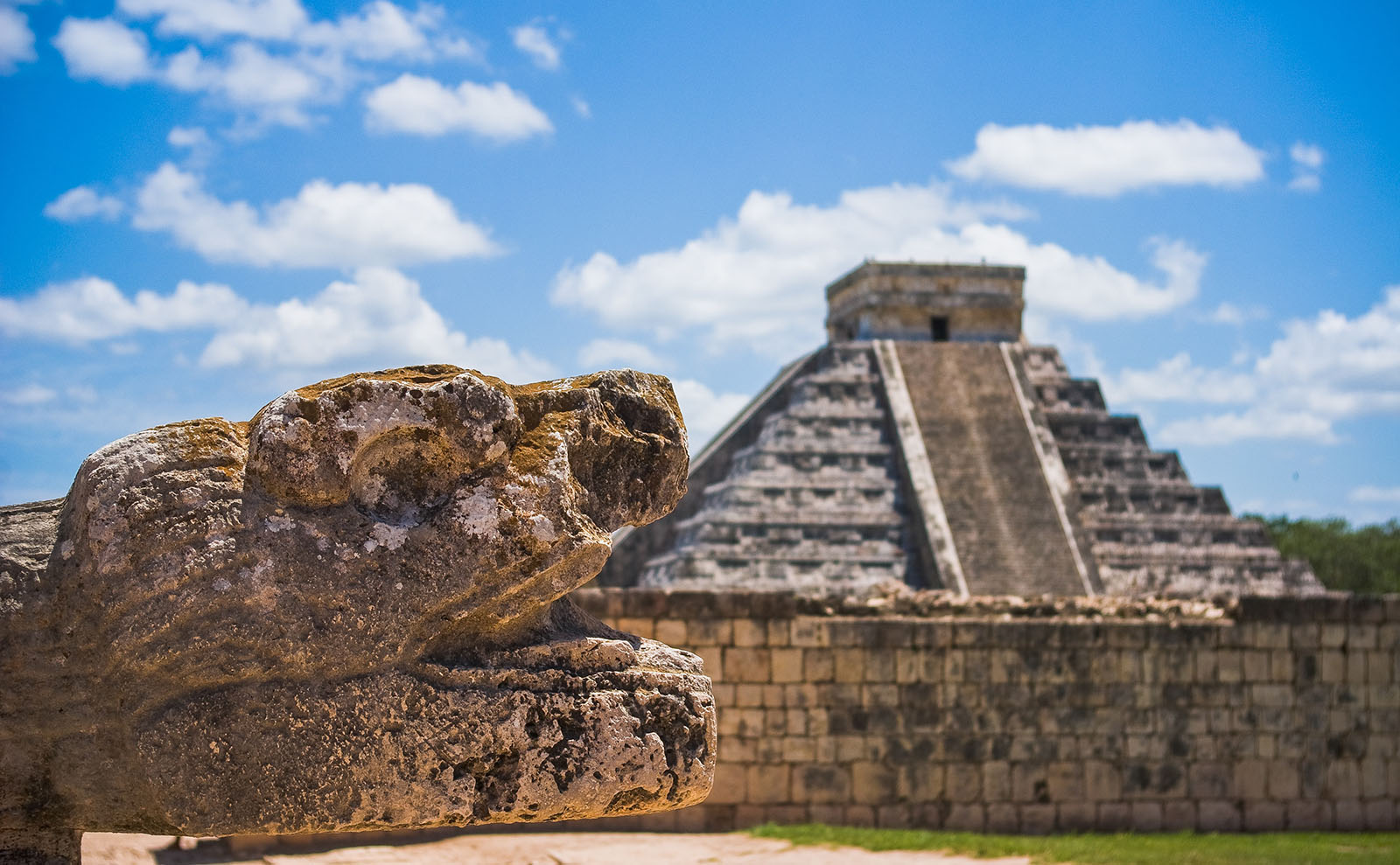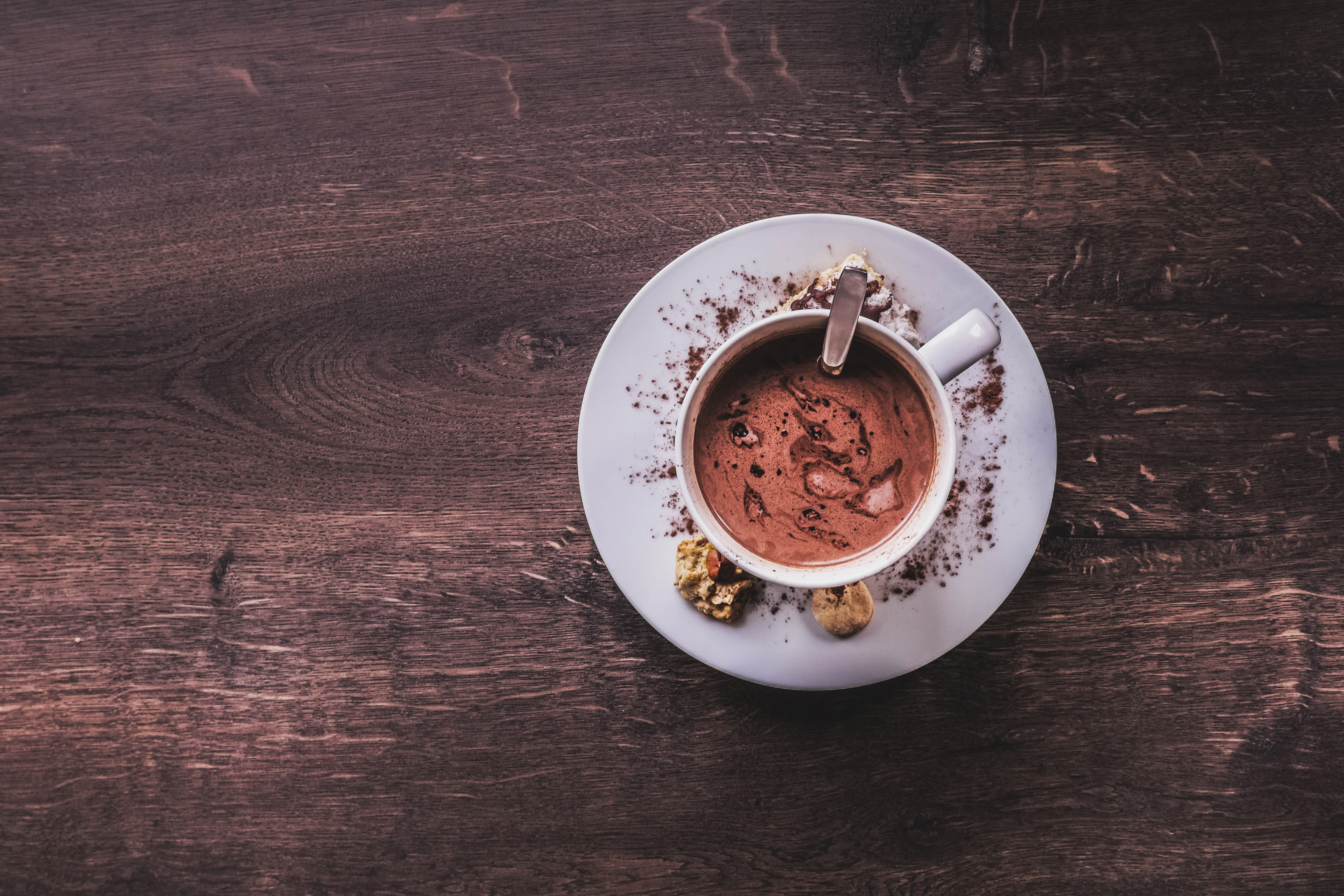
Armchair travel around the world!
Start your reading adventures with our FREE Reading Atlas.

- Around the World in 14 Books
- 7 Thrilling Book Series
- 6 Audiobooks That Are Like Theater For Your Ears



Food and drinks are some of the easiest ways — and the most fun— to vicariously experience another culture. When you add a great book to the mix, you've got the makings of a perfect evening. In Food+Fiction, we recommend a delicious read and a related recipe so you can try the taste of different destinations in your own kitchen.
This post is part of our Food+Fiction series.

The delightful and detailed book The True History of Chocolate spans 3000 years of chocolate history. The humble chocolate bean has been the source of conspiracies, the downfall of enemies, a bargaining chip in trade wars, and valuable currency. But mostly, it’s been delicious.
From Aztecs and Maya to Spaniards and English pirates, everyone wanted to get their hands on cacao beans. Chocolate started not like the sweet treat we know today, but as a mildly bitter drink — served cold — that gained a reputation as an aphrodisiac, a stimulant, and even medicine. When the invading conquistadors took chocolate back to Spain, it was transformed into a hot beverage, probably enjoyed by Queen Isabella herself.
Until the 18th century, chocolate was only consumed as a beverage. But in 1876, chocolatiers in Europe added butter and sugar to the cocoa powder and milk to creat solid chocolates. All hail to these geniuses!
This recipe for Mexican Hot Chocolate pays homage to the past: it’s drinkable chocolate, but it begins with high-quality eating chocolate. The best of both worlds.
Forget everything you know about hot chocolate — especially if you’re used to the brown liquid that results from the marriage of boiling water and contents of a paper packet. This hot chocolate is not too sweet with a rich, deep flavor of chocolate, thanks to the chocolate itself and that wily pinch of salt. The cinnamon and cayenne add a touch of spice that’s un poco caliente to create a whole chocolate experience that’s like a warm hug.

Serves 4. Total time: 10 minutes
garnish: whipped cream, more ground chile, cinnamon stick for stirring, marshmallows
Simmer the milk. In a medium saucepan over medium-low heat, simmer the milk and cinnamon. Whisk occasionally and make sure the milk doesn’t boil. Around the 10-minute mark, you should be able to smell the cinnamon.
Whisk in the chocolate. Add the chocolate, sugar, vanilla, salt, and 1/4 teaspoon ground chile, then whisk until the chocolate is melted and the whole shebang is smooth and creamy. This takes about 5 minutes.
Garnish and serve. Divide the hot chocolate among mugs, then top with your favorite garnishes. Sigh with happiness.
We now realize that the Spanish invaders derived their earliest real knowledge of cacao, and the very word ‘cacao,’ not from the Aztecs but from the Maya of the Yucatán Peninsula and neighboring Central America. Even further, exciting research carried out in the past two decades has shown that these same Maya, a thousand years before the Spaniards landed on their shores, were writing this same work on magnificent pottery vessels used in the preparation of chocolate for their rulers and nobility. Indeed, it is this selfsame word ‘cacao’ that provides the clue leading us back still further into the mists of New World prehistory — to the people who may well have been the first to turn cacao beans into chocolate. — Sophie D. Coe, Michael D. Coe
We have the pre-Columbian Meso-America people to thank for chocolate, and we say with all exuberance and sincerity, Muchos gracias, Mexico and Central America! The story of chocolate begins about 3000 years ago. The winding — and well-researched — tale includes elements of archaeology, botany, and socio-economics, as well as good taste. From the Mayans and the Aztecs — who drank liquid chocolate — we move forward through time to meet the people who made chocolate what it is today. {more}
This delicious look at chocolate (280 pages) was published in February of 2019 by Thames and Hudson. The book takes you to Mexico. David read The True History of Chocolate and loved it; it wouldn't be on our site if he didn't recommend it.
Bookshop.org is an online bookstore with a mission to financially support independent bookstores and give back to the book community.
Top image courtesy of Marv Watson.
Want to keep up with our book-related adventures? Sign up for our newsletter!
Can you help us? If you like this article, share it your friends!
Strong Sense of Place is a website and podcast dedicated to literary travel and books we love. Reading good books increases empathy. Empathy is good for all of us and the amazing world we inhabit.
Strong Sense of Place is a listener-supported podcast. If you like the work we do, you can help make it happen by joining our Patreon! That'll unlock bonus content for you, too — including Mel's secret book reviews and Dave's behind-the-scenes notes for the latest Two Truths and a Lie.
Join our Substack to get our FREE newsletter with podcast updates and behind-the-scenes info — and join in fun chats about books and travel with other lovely readers.

We'll share enough detail to help you decide if a book is for you, but we'll never ruin plot twists or give away the ending.
Content on this site is ©2025 by Smudge Publishing, unless otherwise noted. Peace be with you, person who reads the small type.